Visiting the Amazon in Peru: An Adventurer’s Guide
Planning a trip to the Amazon? Peru's Amazon rainforest offers stunning biodiversity, remote villages, and an enormous range of adventures. Our insider Will shares how to visit and helps you navigate your choices.
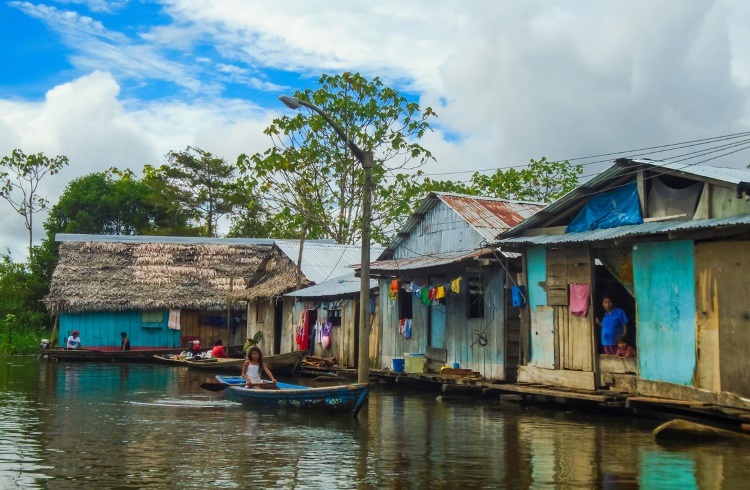 Photo © iStock/Ammonitefoto
Photo © iStock/Ammonitefoto
- Madre de Dios and the Northern Selva
- Manu National Park
- Chanchamayo and the Central Selva
- Iquitos and the Northern Selva
- When to visit the Peruvian Amazon
- Responsible tourism in the Amazon jungle
Covering more than half of Peru, the Peruvian Amazon can be roughly divided into three different areas; the southern, central, and northern selva (jungle).
Madre de Dios and the Northern Selva
Cusco is a good base to begin explorations of the southern selva, with air and road links to Puerto Maldonado, a remote yet bustling frontier town. This is the capital of the Madre de Dios region, and most visitors come here just to enter the jungle and stay in a lodge.
Sadly, logging and Illegal gold mining along the Madre de Dios river have devastated huge swathes of the forest, but there are still plenty of spectacular adventures to be had here, and parts of the Amazon in Madre de Dios are much less frequented than those around Iquitos.
Also within easy reach of Puerto Maldonado are several indigenous tribes living in relative isolation. Some jungle tours will include at least a brief visit to one of their villages. A few guidelines: please show respect to indigenous people and their way of life, ask before taking photos, don’t hand out sweets, as there is no dental care here, and be kind at all times – a smile goes a long way towards defusing most situations.
In the Reserva Nacional Tambopata you can visit incredibly biodiverse rainforest, easily reachable from many of the lodges around Puerto Maldonado. Don’t miss the wild macaw clay licks, which attract huge numbers of these colorful parrots and other animals, and the hike to Sandoval Lake.
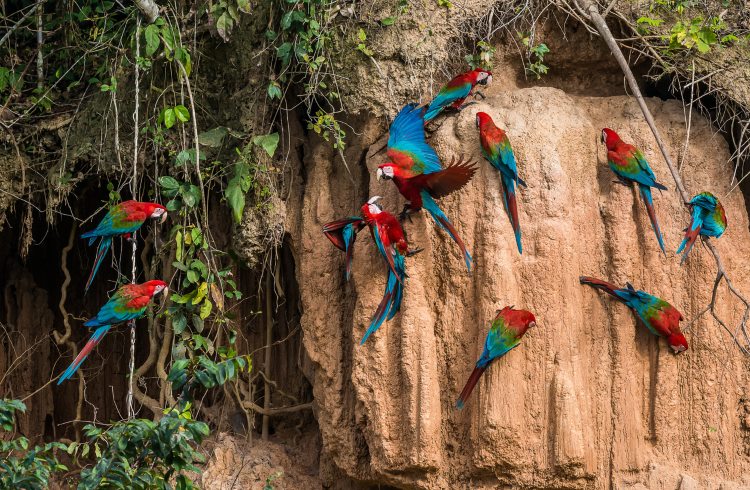
Manu National Park
This UNESCO-certified park in the Madre de Dios region is one of South America’s best locations to observe tropical wildlife.
The park covers an area of almost 7,722 mi2 (20,000 km2), and has some of the greatest biodiversity on the planet, with a dizzying array of wildlife. Trips to the reserved zone deep inside the protected area are more expensive, but you have a much better chance to view rare wildlife.
Cheaper tours are available in the “cultural zone.” which still have good wildlife watching and are ideal for budget travelers. Costs vary but range from S/. 320-965 (US $100-$300) per day, for itineraries from four to nine days.
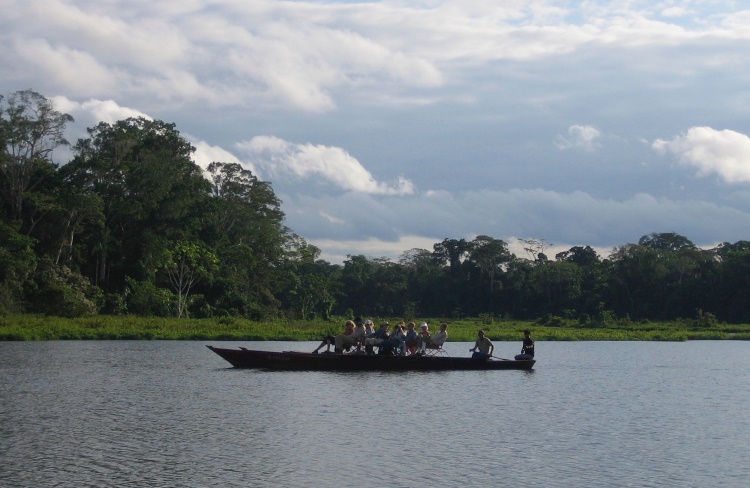
Chanchamayo and the Central Selva
The Chanchamayo Valley is the closest jungle area to Lima, and marks the beginning of the Central Selva. The region has good road links, and plenty of protected areas for birdwatching.
The town of La Merced has a thriving Saturday market – buying the colorful handicrafts here is a great way to support the locals.
The nearby town of Satipo has a daily market, although it’s better on the weekends. Most backpackers start their jungle expeditions from either La Merced or Satipo.
Oxapampa and Pozuzo
Further north, Oxapampa is a pleasant, clean town on the banks of the river Chontabamba, with another wonderful market.
Nearby Pozuzo is a bizarre mix of Austrian, German and Peruvian culture, following an agreement between Germany and Peru to establish German settlements deep in the rainforest in the mid-19th century. Wooden chalets, German speakers and even lederhosen (on special occasions) are not what you might expect in the Amazon, making Pozuzo a unique Amazon experience – bring on the German beer!
Iquitos and the Northern Selva
This is the only area in Peru where it is possible to visit the actual Amazon river and not a tributary. This means there’s wildlife here which isn’t found in other rivers, like the rare pink river dolphin. In the region, you can also visit indigenous villages such as the Yagua tribe.
The main access point to the northern selva, Iquitos is the largest city in the world that cannot be reached by road – it’s accessible only by air or slow boat. The boat journey from Pucallpa takes three to five days. Bring a camping hammock with a mosquito net or consider a cabin if you are traveling alone to keep your belongings safe. Just be sure to bring a lock.
Iquitos is worth spending a couple of days in before you head on a jungle tour. Check out the fascinating market in the floating shantytown Belen, which is filled with all manner of Amazonian species (sadly some endangered ones, too), shamanic herbs, liquors and other jungle delights.
Trips to the renowned Tapiche reserve, around ten hours from Iquitos, can be arranged through the Green Track Hostel in Iquitos.
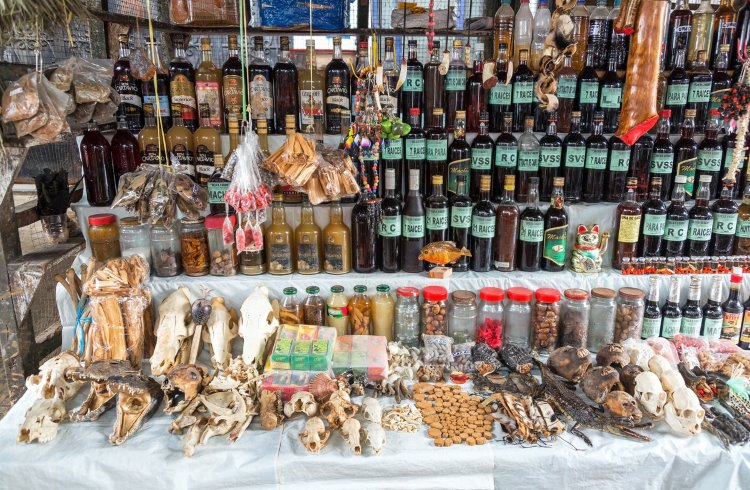
Reserva Nacional Pacaya-Samiria
This is Peru’s largest reserve. Most people visit here on a tour from Iquitos, but you can travel to Lagunas independently and arrange a guide there for a more DIY adventure, although costs are still high – at least S/. 240 (US $75) per day excluding accommodation.
When to visit the Peruvian Amazon
January to March is the rainy season, which makes travel difficult and uncomfortable due to the rain and mud. While it is possible to navigate the jungle without a guide if you are an experienced outdoorsman (or woman), this would be extremely foolish during the rainy season.
The best time to visit the jungle is from April to December, with peak times between May and August, when temperatures often exceed 30°C or 86°F, although some say that the rainy season is best as it makes it easier to spot wildlife gathering around the dry areas of land.
In order to enjoy the Amazon in comfort, I strongly recommend that you pack a mosquito net, bug spray, and patience – getting around takes time. It is also crucial that you pack a decent headlamp. In the darkness of the Amazon, this can at most, save your life and, at the least, help you find your way to the toilet!
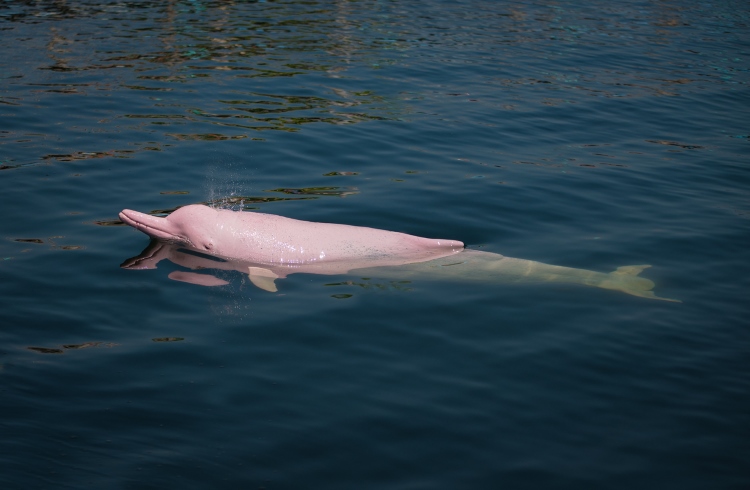
Responsible tourism in the Amazon Jungle
Tourist initiatives are one of the best ways of protecting the rainforest and providing jobs for local people, so rest assured that, providing you choose a reputable operator, you are helping to protect the Amazon by visiting on a wildlife watching tour.
Related articles
Simple and flexible travel insurance
You can buy at home or while traveling, and claim online from anywhere in the world. With 150+ adventure activities covered and 24/7 emergency assistance.
Get a quote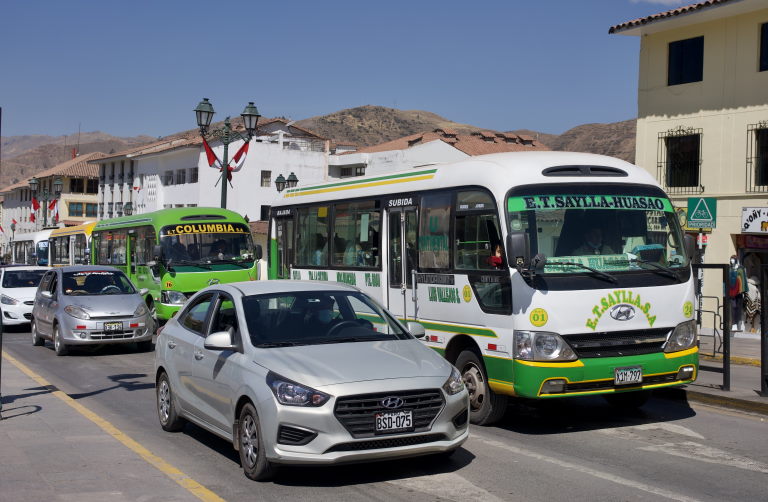
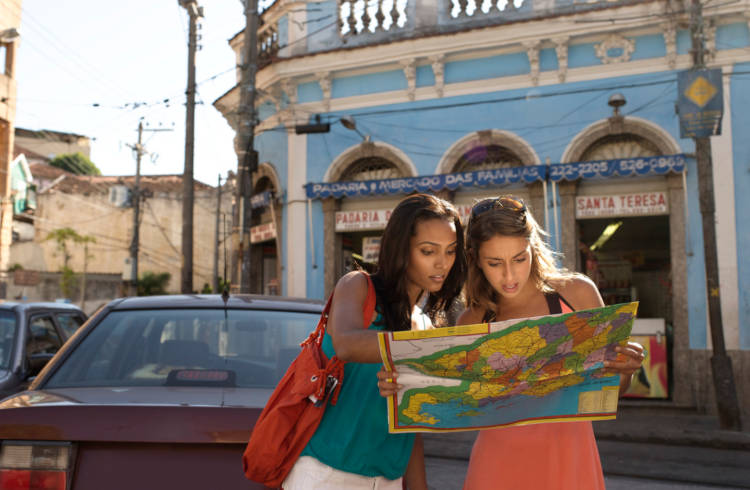
1 Comment
I am travelling with my daughter to Peru in January and would like to know if there is any kind of day trips into the jungle to visit with an indigenous tribe to experience the Sacha Inchi process of extracting it’s oil from the seed.
Please let me know ASAP.
Thanks
Eyvette